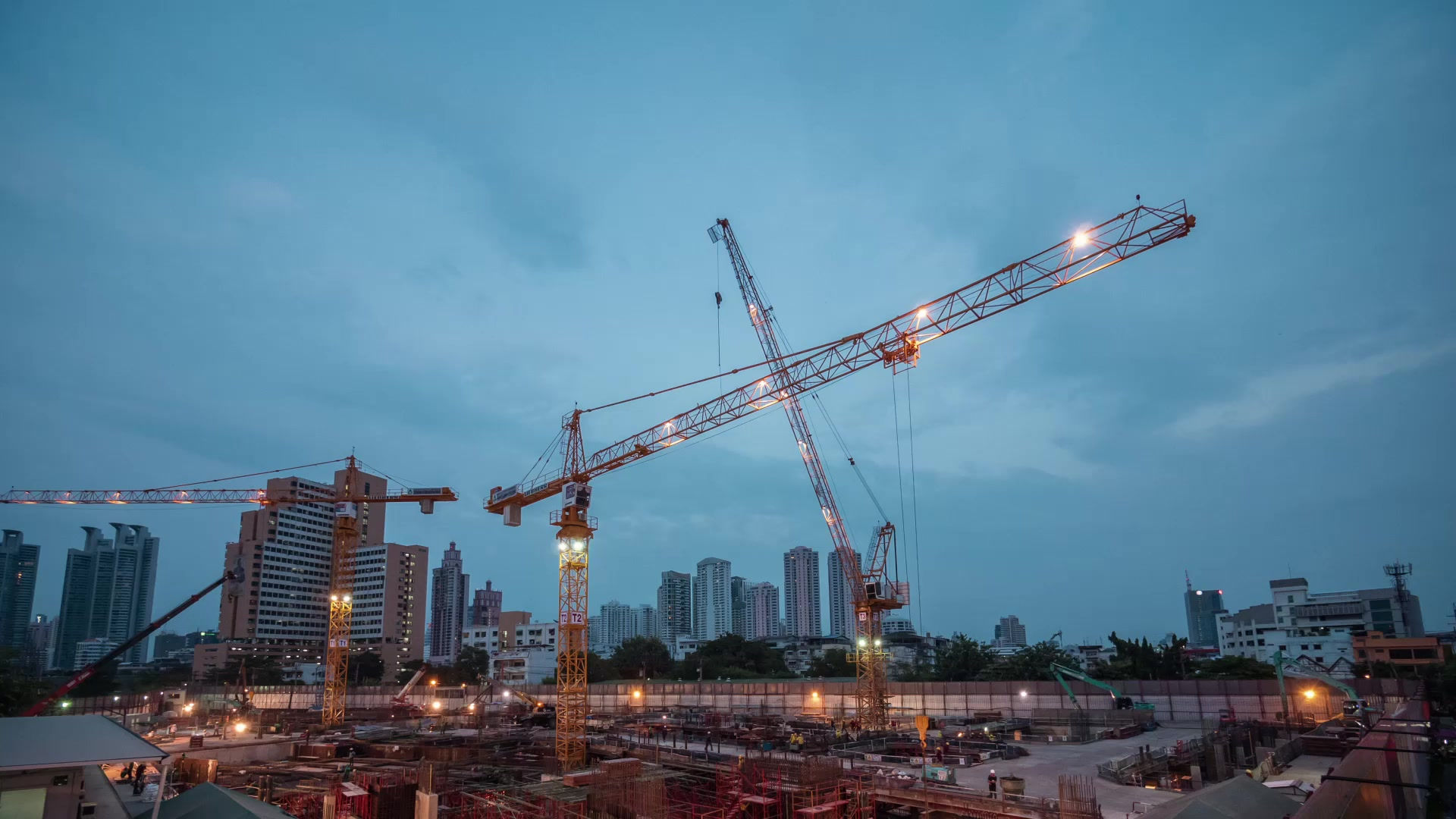
Argon & carbon dioxide gases are used in welding because they are good heat transfer agents.
They can be used together in welding.
The most widely used mixture is called C25 & that is 25% Carbon Dioxide & 75% Argon gas. Argon is a noble gas, while CO2 is carbon dioxide gas.
Carbon dioxide is least expensive shielding gas, providing deep penetration, however it negatively affects the stability of the arc & enhances the molten metal’s tendency to create droplets (spatter). Argon additions to CO2 decreases the spatter levels usually experienced with pure CO2 mixtures.
Argon Carbon Dioxide blends are versatile mixtures for welding carbon, low-alloy and some stainless steels.
Increasing the CO2 content will increase weld penetration and bead wetting characteristics.
At higher current levels and CO2 content, increased spatter may result.
Argon Carbon Dioxide blends can be used to join a wide range of material thickness while utilizing a variety of modes of metal transfer.
Argon Carbon Dioxide blends are used for all kinds of structural steel, farm implements and machinery.
Lower levels of CO2 can be used for pulsed arc or spray arc welding, while higher levels is greater than 20% are used for short arc welding and the shielding of some flux-cored wires.
A 75/25 argon and CO2 blend is typically considered to be the best overall option for MIG welding.
Mixture Grade
AM5
Ar %
95
CO2 %
5
Application
These mixtures are used for spray arc and short-circuiting transfer on a variety of carbon steel thicknesses.
Used for conventional and pulsed spray transfer welding of carbon and low-alloy steels.
Bead shape is good.
Weld metal mechanical properties are excellent.
Welding fume levels are low with both solid and metal-cored wires.
For all-position pulsed spray welding of thin and heavy carbon and low-alloy steels.
AM10
Mixture Grade
90
Ar %
10
CO2 %
Application
For conventional spray arc welding using either solid, metal cored, or specially developed flux-cored wires, of farm implements, machinery and structural members where broader penetration is desired.
For use with metal-cored wires in all applications. Arc stability is excellent and penetration is improved over argon blends with less CO2 or with oxygen additions.
Mixture Grade
AM15
Ar %
85
CO2 %
15
Application
Most applications are on carbon and low alloy steels.
Storage racks for automotive industry
Railcar centre sills and side panels (metal and flux-cored wires)
Backhoes and front-end loaders
Wheel rims for cars and trucks
Motorcycle and truck frame fabrication; engine cradles. Farm implements.
AM20
Mixture Grade
80
Ar %
20
CO2 %
Application
In same range as above
Mixture Grade
AM25
Ar %
75
CO2 %
25
Application
This mixture also operates well in high current applications on heavy materials (mild steel) and can achieve good arc stability, puddle control and bead appearance as well as high productivity.
AM50
Mixture Grade
50
Ar %
50
CO2 %
Application
This mixture is used where high heat input and deep penetration are needed. Recommended material thicknesses are above 1/8 in. and welds can be made out-of-position.
Mixture Grade
AM75
Ar %
25
CO2 %
75
